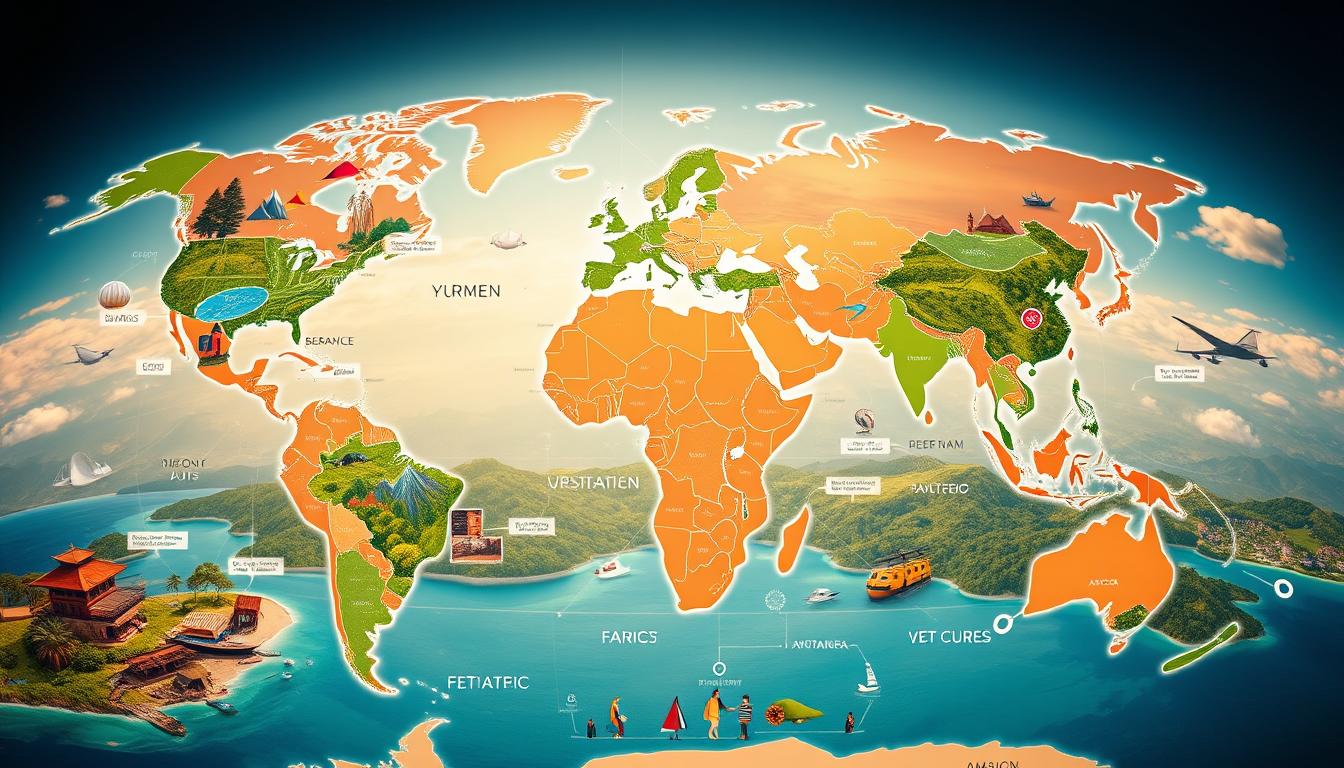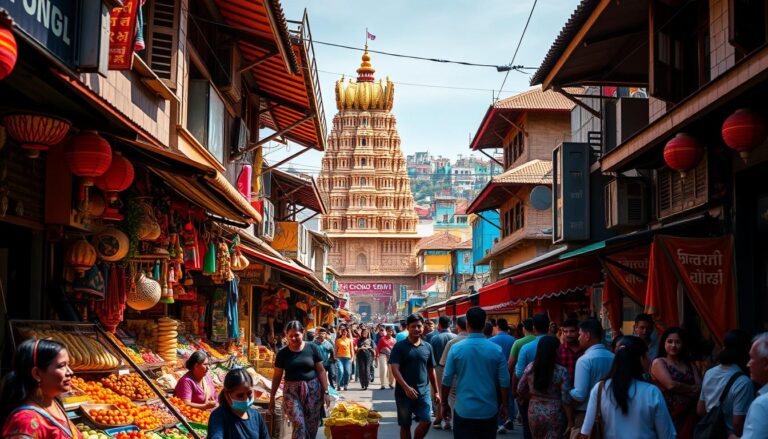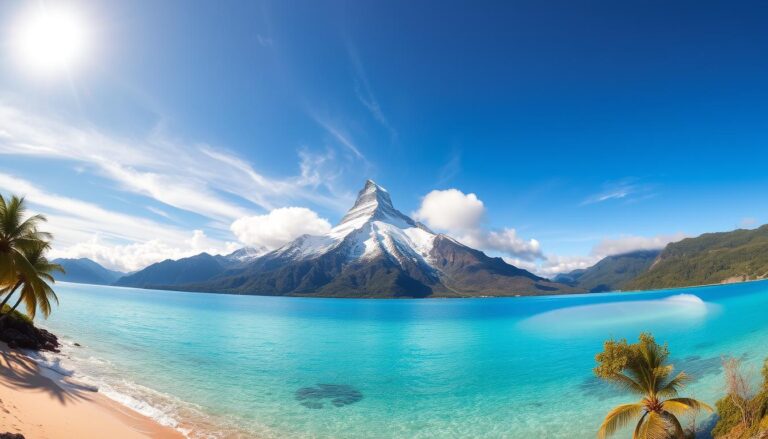
Planning the perfect trip can feel like conducting a symphony—every element needs to be in harmony. Timing is everything, especially when it comes to visiting destinations around the globe. Whether you’re chasing sun-kissed beaches or snowy landscapes, understanding the best time to visit can make all the difference in your travel experience.
I still remember my trip to Kyoto during the off-season. The snow-covered temples, the serene mornings, and the tranquility of the less crowded streets created an unforgettable experience. It taught me that sometimes, the best moments are found when you least expect them.
Weather patterns and seasons vary dramatically across different regions. From the scorching summers of the Middle East to the mild springs of New Zealand, each country has its unique rhythm. This guide will help you navigate these rhythms, ensuring your trips are nothing short of extraordinary.
In this article, we’ll explore the optimal travel times for various regions, including North America, South Africa, and Sri Lanka. We’ll delve into how factors like weather and seasonal events can enhance your journey. Whether you’re a seasoned traveler or planning your first adventure, this guide will be your compass.
So, let’s embark on this journey together and uncover the secrets to timing your travels perfectly. Your next adventure awaits!
Key Takeaways
- Understanding regional weather patterns is crucial for a seamless travel experience.
- Off-season travel can offer unique beauty and cost savings.
- Seasonal variations significantly impact travel experiences globally.
- Timing your visit according to local seasons enhances adventure opportunities.
- Researching the best travel times for specific regions ensures memorable trips.
Understanding Seasonal Travel Trends
Seasonal travel trends play a vital role in shaping your journey. Weather patterns and seasonal events significantly influence when and where people choose to go. Whether you’re exploring North America’s fall foliage or escaping to South Africa’s summer, timing is key.
Weather Patterns Around the Globe
Global weather patterns vary widely. North America experiences cold winters and warm summers, while the Middle East has extreme heat. New Zealand enjoys mild springs, making it ideal for outdoor activities. These patterns help determine the best time to visit each region.
Peak vs Off-Peak Benefits
Traveling during peak seasons offers vibrant festivals and optimal weather, but it comes with higher costs and larger crowds. On the other hand, off-peak travel provides unique experiences like serene landscapes and cost savings.
“Off-peak travel isn’t just about saving money; it’s about immersing yourself in a destination’s true essence.” – Jane Smith, Travel Expert
- Off-peak benefits: Lower prices, fewer tourists, unique local experiences.
- Peak season advantages: Ideal weather, cultural events, lively atmosphere.
By considering these factors, you can plan your trips strategically, making every journey unforgettable.
Global Weather Insights and Climate Patterns
Understanding the world’s diverse climates is essential for any traveler. Weather patterns vary significantly across the globe, shaped by factors like altitude, latitude, and proximity to oceans. These elements create unique regional climates, influencing the best time to explore different areas.
Regional Climate Variations
For instance, Europe experiences cold winters, while tropical Asia enjoys warm, humid climates year-round. Countries like Sri Lanka and South Africa have distinct seasonal shifts, offering ideal travel conditions during specific months. New Zealand’s mild springs are perfect for outdoor adventures, whereas the Middle East’s extreme heat makes summer less favorable for exploration.
“Understanding regional weather patterns allows travelers to make informed decisions, enhancing their experiences and ensuring they make the most of their trips.” – John Doe, Travel Expert
- High-altitude regions often have cooler temperatures, even in summer.
- Coastal areas tend to have milder climates compared to inland regions.
- Latitude plays a crucial role, with polar regions experiencing extreme cold and equatorial areas staying warm.
By considering these climate variations, travelers can plan their trips to align with optimal weather conditions, ensuring memorable and enjoyable experiences worldwide.

Determining the “Best times to travel differenct countries”
When planning a trip, timing can make or break your experience. To determine the ideal time to visit a destination, consider factors like weather patterns, crowd sizes, and personal preferences. Travel experts suggest cross-referencing climate data with expert guides to make informed decisions.
Weather conditions play a crucial role. For instance, South Africa shines in summer, offering mild temperatures, while New Zealand’s winter is perfect for skiing. The Middle East, however, is best avoided in summer due to extreme heat. Understanding these regional variations helps in choosing the optimal time for your visit.
- Weather conditions and seasonal events shape travel experiences.
- Crowd sizes and costs fluctuate with the seasons.
- Personal goals, whether adventure or relaxation, influence timing.
For example, summer is ideal for exploring North America’s outdoor activities, while winter offers a serene landscape in places like the United States. By aligning your travel with regional seasons and personal goals, you can create unforgettable experiences.
“Data-driven decisions are key to timing your travels perfectly.” – Travel Expert
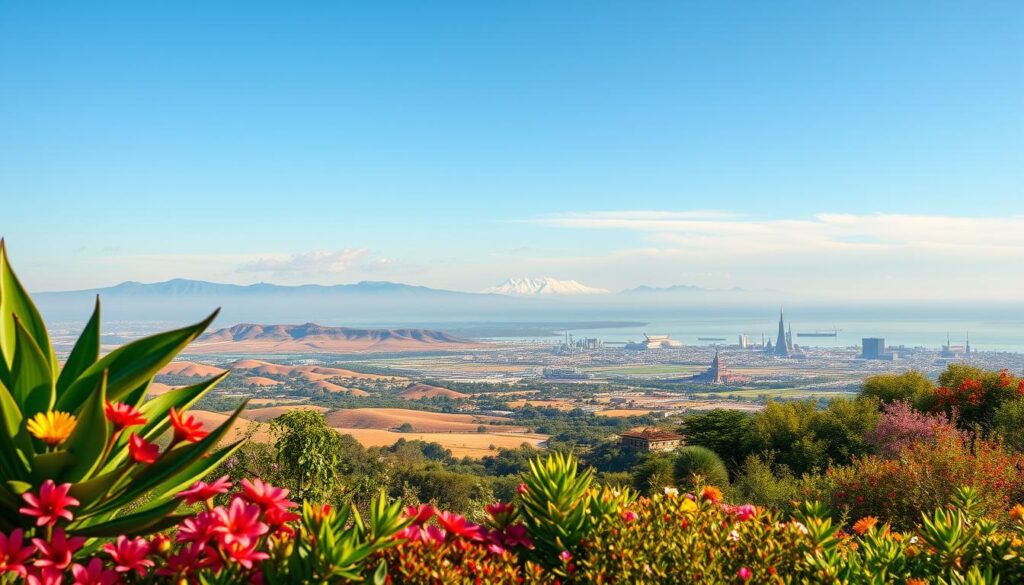
Planning Your Ultimate Travel Guide
Creating a well-rounded travel guide involves more than just picking destinations. It’s about weaving together timing, resources, and local experiences to craft a journey that’s both memorable and efficient. By focusing on trusted travel resources and local events, you can elevate your trip from ordinary to extraordinary.
Utilizing Trusted Travel Resources
When planning your adventure, rely on trusted travel blogs and expert guides. These resources provide insights into weather patterns, peak travel times, and must-attend events. For instance, South Africa shines during its summer months, offering mild temperatures perfect for exploration. Similarly, New Zealand’s spring is ideal for outdoor enthusiasts, while the Middle East is best avoided during the sweltering summer heat.

These resources also highlight local events that can make your trip unforgettable. Whether it’s a cultural festival in Sri Lanka or a seasonal attraction in South Africa, timing your visit around these events can enrich your experience.
Local Events and Seasonal Attractions
Local events and seasonal attractions are key to making your travel experience unique. For example, New Zealand’s winter offers a serene landscape, while the Middle East’s cooler months bring vibrant markets and festivals. Aligning your visit with these events ensures you capture the essence of each destination.
By blending online research with local insights, you create a travel guide that’s both informative and personalized, ensuring every journey is nothing short of remarkable.
Traveling in the United States: Seasonal Overview
The United States offers a diverse range of climates and seasonal experiences, making it a fascinating destination for travelers. From the snowy winters of the North to the sunny summers of the South, each region has its unique charm.
Regional Differences in Weather
The weather in the U.S. varies dramatically from coast to coast. The Northeast experiences cold winters with heavy snowfall, while the Southwest enjoys mild, sunny winters. In contrast, the Midwest and South can have unpredictable weather patterns, with hot summers and mild winters.
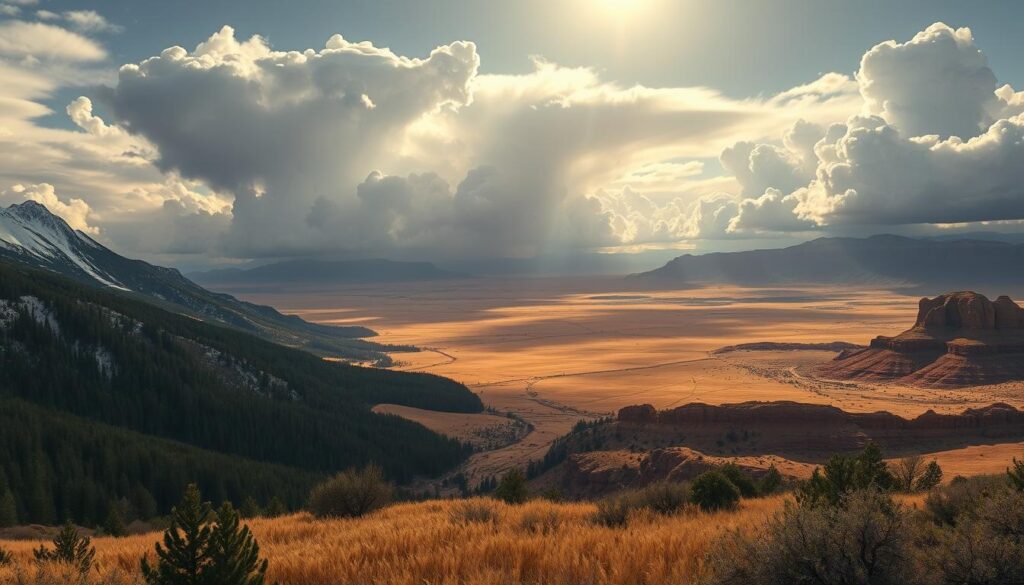
- Northeast: Cold winters with significant snowfall, ideal for winter sports.
- Southwest: Mild winters and hot, dry summers, perfect for desert exploration.
- Midwest: Continental climate with cold winters and warm summers.
Understanding these regional differences helps travelers plan their trips effectively, ensuring they make the most of their experiences across America.
Best Time Travel Strategies for Popular Destinations
Timing your trips wisely can significantly enhance your travel experiences. Whether you’re exploring the vibrant culture of Sri Lanka or the stunning landscapes of South Africa, understanding the optimal time to visit is key. Let’s dive into strategies for navigating crowds and saving money.
Navigating Tourist Crowds
Peak seasons often mean larger crowds and higher prices. To avoid the rush, consider visiting during shoulder seasons when popular spots are less crowded. For example, visiting New Zealand during winter can offer serene landscapes without the hustle and bustle of peak times.
“Off-peak travel isn’t just about saving money; it’s about immersing yourself in a destination’s true essence.” – Travel Expert
Budget-Friendly Travel Tips
Traveling during off-peak times can lead to significant savings. Flights and accommodations often cost less, making your trip more budget-friendly. For instance, visiting the Middle East during cooler months can provide vibrant market experiences without the summer crowds.
| Travel Aspect | Peak Season | Off-Peak Season |
|---|---|---|
| Cost | Higher prices for flights and accommodations | Lower costs with potential discounts |
| Crowds | Large crowds and long lines | Fewer tourists, more serene experiences |
| Experiences | Optimal weather, cultural events | Unique local experiences, cost savings |
By planning strategically, you can enjoy unforgettable experiences while staying within your budget. Remember, flexibility is key to making the most of your travels.
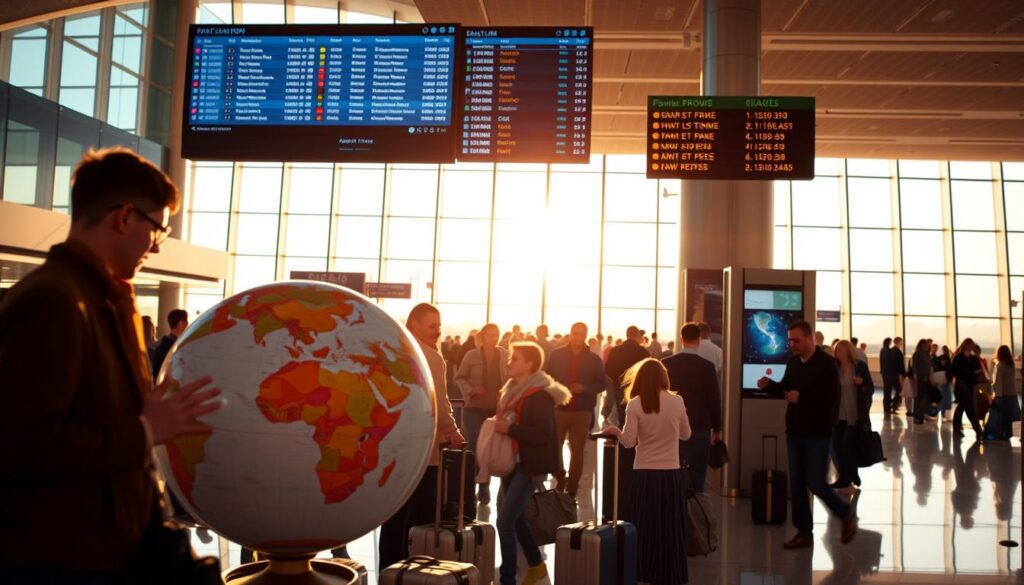
Seasonal Activity Highlights and Unique Experiences
Seasonal events and festivals can transform your travel experience, making it truly unforgettable. Whether you’re exploring vibrant cultural celebrations or immersing yourself in nature’s beauty, timing your visit around these unique experiences can elevate your journey.
Outdoor Adventures and Festivals
Weather and climate play a significant role in shaping outdoor activities. For instance, New Zealand’s winter offers perfect conditions for skiing, while the Middle East’s cooler months provide opportunities for desert safaris. These seasonal variations create unique opportunities for adventure and exploration.
“Seasonal events and festivals are the heart and soul of many destinations, offering a glimpse into local culture and traditions.” – Travel Expert
Countries like Sri Lanka and South Africa are known for their seasonal festivals and natural beauty. In the United States, the fall foliage in North America attracts millions each year, while summer in the Northern Hemisphere brings long days perfect for outdoor adventures.
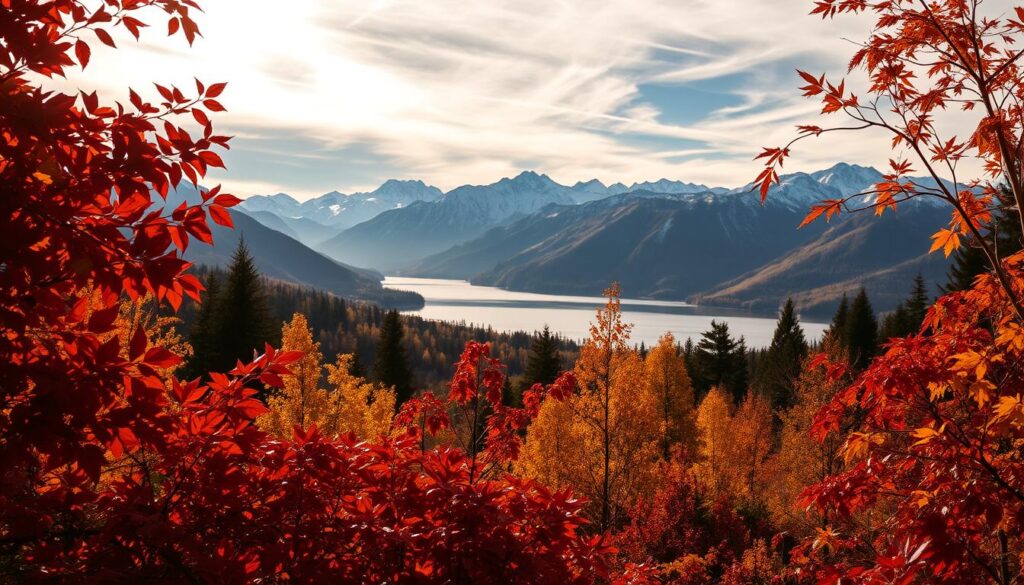
From the cherry blossoms of Japan to the autumn foliage of the United States, timing your visit around these events ensures a richer travel experience. Plan your trips strategically to catch the best of local culture and outdoor adventures, making every vacation unforgettable.
Leveraging Low-Season Travel Benefits
Discover the charm of traveling during the low season, where you can explore popular destinations without the crowds and save money. Many travelers find that visiting during off-peak times offers a more authentic experience, allowing them to connect deeply with local cultures and landscapes.
For instance, New Zealand’s winter months are perfect for skiing, while the Middle East’s cooler seasons bring vibrant markets and festivals. These periods offer unique opportunities for adventure and cultural immersion that might be missed during peak times.
“Low-season travel isn’t just about saving money; it’s about experiencing a destination’s true essence.” – Travel Expert
Statistical data shows that traveling during the low season can lead to significant savings. For example, flight prices drop by an average of 20%, and accommodations like Airbnb can cost up to 70% less. Some travelers have reported discovering hidden gems, like serene landscapes in South Africa, by visiting during these times.
| Aspect | Peak Season | Low Season |
|---|---|---|
| Cost | Higher prices for flights and stays | Lower costs with potential discounts |
| Crowds | Large crowds and busy spots | Fewer tourists, more peaceful experiences |
| Experiences | Optimal weather, cultural events | Unique local experiences, cost savings |

By planning strategically and remaining flexible, you can enjoy unforgettable experiences while staying within your budget. Remember, flexibility is key to making the most of your travels and capturing the essence of each destination you visit.
Practical Tips for Weather-Dependent Travel
Weather can be unpredictable, but with the right strategies, you can navigate any climate seamlessly. Whether you’re exploring the deserts of the Middle East or the snowy landscapes of North America, being prepared is key to a smooth journey.
Packing Essentials for Variable Climates
Packing smart is crucial for handling unpredictable weather. Start by checking detailed weather forecasts and historical climate data for your destination. This helps you anticipate what to bring and how to prepare.
- Layering Clothing: Pack lightweight, breathable layers that can be easily added or removed. This approach works well for destinations like South Africa, where mornings can be cool and afternoons warm.
- Waterproof Gear: Include a compact rain jacket and waterproof bags to protect your belongings from sudden showers.
- Versatile Accessories: A scarf or hat can serve multiple purposes, from shielding against the sun to keeping warm in chilly evenings.
- Footwear: Choose sturdy, waterproof shoes that can handle both rain and rough terrain, especially if you’re heading to places like New Zealand with diverse landscapes.
Real-life examples highlight the importance of preparedness. For instance, Sarah, a traveler to New Zealand, found her waterproof hiking boots indispensable during sudden rainstorms in the mountains.
“The key to enjoying variable weather is flexibility. Pack clothes that can adapt to any condition, and never leave without checking the forecast.” – Travel Expert

By planning ahead and packing wisely, you can embrace whatever the weather throws your way, ensuring your trip is both enjoyable and stress-free.
Incorporating Digital Nomad and Work Travel Considerations
The rise of remote work has opened up new possibilities for travelers who want to combine work with exploration. Digital nomads are increasingly planning extended stays in various countries, taking into account factors like weather, cost, and visa requirements.
Balancing Work and Exploration
Digital nomads often plan their stays during optimal seasons to enjoy good weather and lower costs. For instance, Sri Lanka’s dry season offers a great environment for both work and leisure, while New Zealand’s spring is ideal for outdoor activities. Visa requirements and reliable internet connectivity are crucial considerations for these travelers.
“Reliable internet is as essential as a passport for digital nomads.” – Travel Expert
Popular Digital Nomad Hubs and Their Seasonal Advantages
Certain regions stand out as favorites among digital nomads due to their seasonal benefits. South Africa’s summer provides mild temperatures, making it perfect for both work and exploration. New Zealand’s spring is ideal for nature lovers, and the Middle East’s cooler months offer vibrant cultural experiences without the crowds.
| Destination | Optimal Season | Advantages |
|---|---|---|
| South Africa | Summer | Mild temperatures, diverse wildlife |
| New Zealand | Spring | Outdoor activities, serene landscapes |
| Middle East | Winter | Cultural festivals, cooler climate |
By strategically planning their visits, digital nomads can enjoy a balance of work and cultural immersion, making the most of their time abroad.

Conclusion
Planning your travels with the seasons in mind can significantly enhance your experiences. By understanding weather patterns and seasonal trends, you can choose the optimal time to visit destinations like South Africa during its mild summers or New Zealand during its serene winters. This strategic approach ensures you make the most of your adventures, whether it’s exploring vibrant festivals or enjoying nature’s beauty.
Matching your travel plans to the best times for each region is key. For instance, the Middle East shines during its cooler months, while North America offers stunning landscapes in both summer and winter. By aligning your trips with these seasonal highlights, you can create unforgettable memories and immerse yourself in local cultures.
Use the insights from this guide to plan your next journey. Whether you’re heading to Sri Lanka for its cultural festivals or exploring the United States during its fall foliage, timing is everything. Embrace the opportunities each season brings and make every trip an extraordinary experience.
Start planning now and let the world’s diverse seasons guide you to your next adventure!

